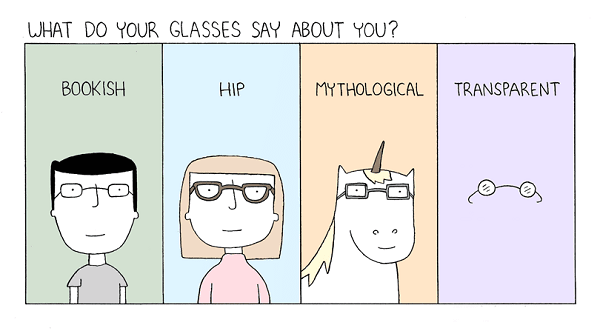Prototype Display Technology Could Make Reading Glasses Obsolete
Researchers at University of California, Berkeley and MIT's Media Lab are working in collaboration with Microsoft on a display that compensates for vision defects in people. The technology uses algorithms to anticipate how the user's eyes distort the image and adjusts it beforehand to bypass the function of corrective lenses entirely. The algorithm works on the pixel-level to create a sharp image on the retina. Not only does this technique assist people with hypermetropia (long-sightedness) but also circumvents serious vision defects such as spherical aberration that cannot be corrected with glasses.
 The concept has been tried out before but this new approach animates a sharper and higher-contrast image. The researchers tested using a Canon DSLR Camera with focus set to simulate a poor vision. The images were displayed on an iPod Touch affixed with a plastic screen pierced with thousands of tiny, evenly spaced holes. This creates a "light field display" that results in a sharper image with no loss to contrast. There are still many challenges to conquer. For example, the screen is customized for a certain focal length and requires the eyes to be still. But the scientists behind this technology are positive that these can be overcome over the next few years. A paper on this technology will be published in SIGGRAPH, in Vancouver, Canada in August.
The concept has been tried out before but this new approach animates a sharper and higher-contrast image. The researchers tested using a Canon DSLR Camera with focus set to simulate a poor vision. The images were displayed on an iPod Touch affixed with a plastic screen pierced with thousands of tiny, evenly spaced holes. This creates a "light field display" that results in a sharper image with no loss to contrast. There are still many challenges to conquer. For example, the screen is customized for a certain focal length and requires the eyes to be still. But the scientists behind this technology are positive that these can be overcome over the next few years. A paper on this technology will be published in SIGGRAPH, in Vancouver, Canada in August.
Unfortunately, there's not much this technology does to alleviate the miseries of the myopic. For near-sighted people (like yours truly), there are less sophisticated ways at disposal lest we forget our glasses.
Source: #-Link-Snipped-#

Unfortunately, there's not much this technology does to alleviate the miseries of the myopic. For near-sighted people (like yours truly), there are less sophisticated ways at disposal lest we forget our glasses.
0
